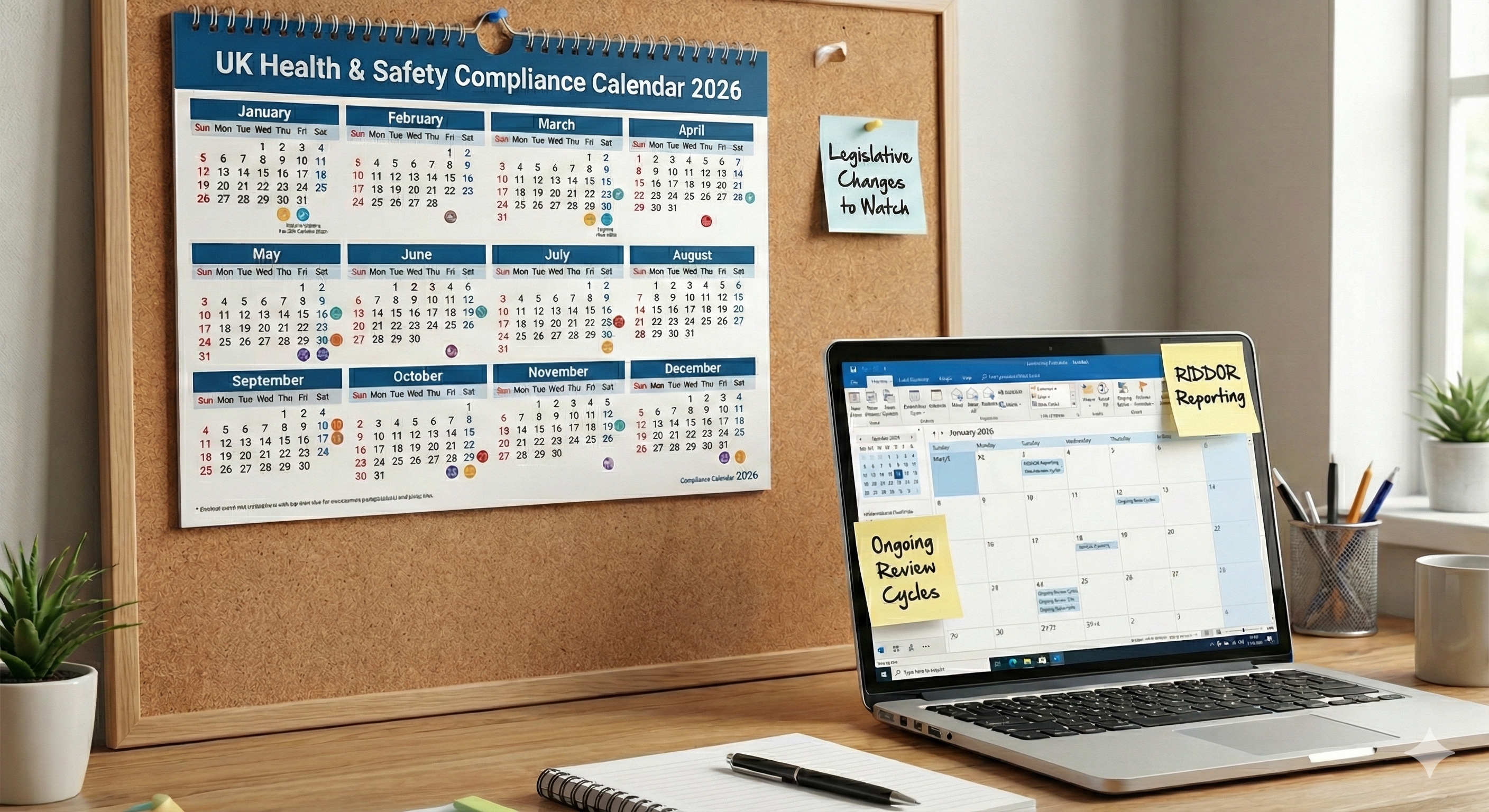In the construction industry — where occupational safety hazards and working overtime to meet tight deadlines can happen — mental health issues are becoming increasingly more pronounced. This unfortunately means that construction workers have the highest suicide rate of any industry.
Despite this, Liverpool World reports that 75% of these workers feel that not enough is being done to address their mental health needs.

There’s a pressing need for employers in the construction industry to gain a better understanding of the health and safety risks that cause employee burnout.
Doing so can prevent burnout from leading to more serious mental health issues down the line. In this article, we are going to try to tackle this in depth.
The impact of burnout
Anyone can experience burnout, whether they be studying or working. Yet in its 2022 survey Mental Health in UK Construction, Mates in Mind found that workers in the male-dominated construction industry also experience a strong stigma surrounding mental health.
This ultimately means workers are reluctant to talk about mental health and are less likely to seek the help they need. They’re thus more prone to experiencing burnout — and mental health issues — in the long term. This can have the following effects:
Less focus
When employees are burnt out, they won’t be able to perform at their best. Stress caused by issues outside of work — like, for example, complications in their responsibilities at home — can further add to their distraction while they’re on the job.
On the business side of things, a loss of productivity can also negatively impact your profit margin and ultimately lower your company’s ability to meet project deadlines.
An increased risk of accidents
Construction workers experiencing burnout may be more vulnerable to occupational safety hazards precisely because they’re less focused on what they’re doing.
Such an effect can be magnified if working conditions on a construction project are less than ideal. Workers' physical and mental exhaustion can cause accidents.
Negative physical and psychological impacts
An increased vulnerability to fatigue and workplace accidents can bring with it an intensified feeling of frustration and maybe even anger at oneself or others.
In the long run, these negative emotions can turn into depression and anxiety.
It can lead to physical health problems, too. Burnout can wear down the immune system, making construction workers more prone to illnesses. Heightened levels of stress can also increase the amount of the hormone cortisol in the body. This can increase one’s risk of developing health conditions like diabetes and heart disease.
Addressing mental health needs
Given this information, it’s crucial for employers in the construction industry to work on addressing their workers’ mental health needs.
When formulating strategies to prevent burnout in the workplace, consider incorporating these key components:
Normalisation tactics
One key step you should take involves minimising the stigma men experience regarding mental health. Some tactics you can try include training staff through mental health seminars and providing additional mental health resources for workers to browse in their free time.
These resources shouldn’t be circulated solely among workers, either. As part of management, consider looking at books recommended by Emily Ballesteros, like Do Nothing: How to Break Away from Overworking, Overdoing, and Underliving. This focuses on the effects of unhealthy devotions on efficiency — and, as the title implies, how to break away from them.
Leveraging these resources can better equip management to respond to a worker’s mental health needs. Generally, though, these strategies can all normalise the discussion of burnout in the workplace and make it more likely for your workers to seek help.
Preventative measures
You can also prevent burnout by checking in with your workers once in a while and inquiring about their mental health.
This is another thing you can do to improve productivity while preventing exhaustion. In his book Peak Performance, journalist Brad Stulberg recommends methods like implementing alternating periods of intense work with rest in your workplace’s everyday schedule.
Stulberg's recommended method is similar to the fitness principle followed by high-intensity interval training (HIIT), which promises significant returns despite short but intense exertions of energy.
Other simple things you can try include delegating clear roles to your workers and demanding reasonable deadlines. These tactics can help lower workplace stress significantly.
Early intervention
If you do spot signs of burnout in a worker — like a drop in productivity, a lack of motivation, and exhaustion — you should have a plan to intervene and prevent their condition from becoming more serious.
We list a few possible methods in our article Risk Management Strategies for Workplace Health & Safety.
At this stage, consider trying risk transference — or to outsource addressing risks to professionals. Experts like industrial and organisational psychologists are better equipped to support your workers.
They’re also experienced enough to give you suggestions that can help improve the workplace and better address workers’ mental health needs.
There’s no doubt that burnout — and, in the long run, mental health — is one of the most pressing challenges facing the construction industry today. By understanding the health and safety risks burnout can cause, you can overcome this challenge more easily.

.png)


